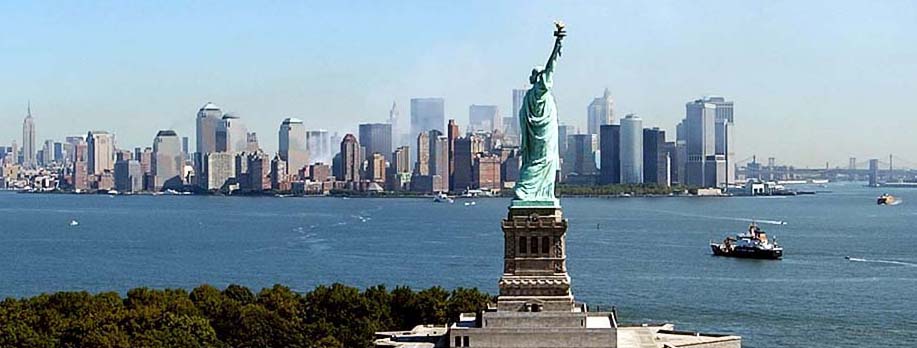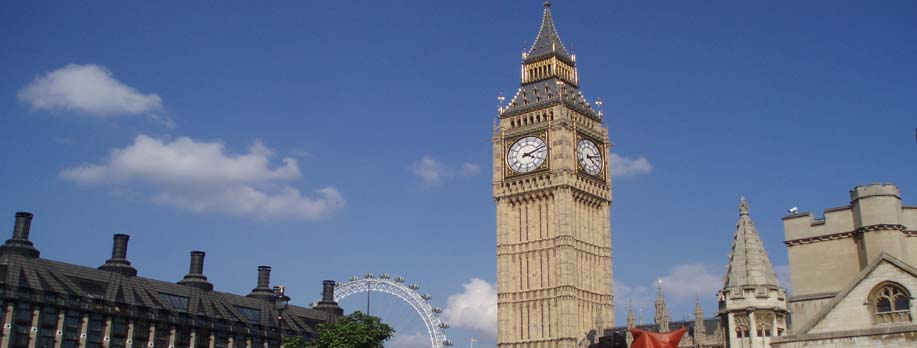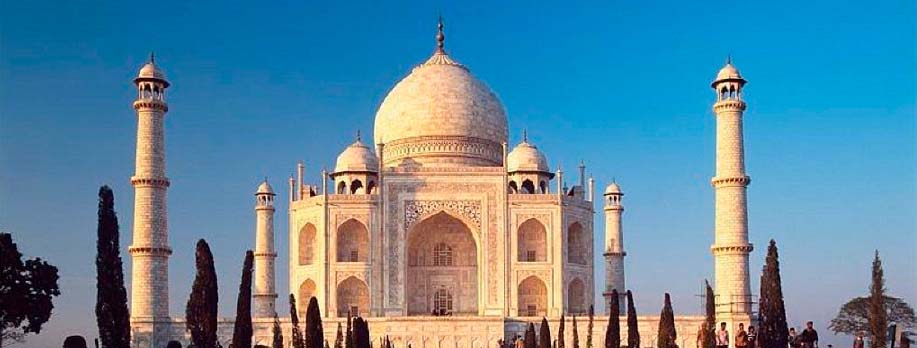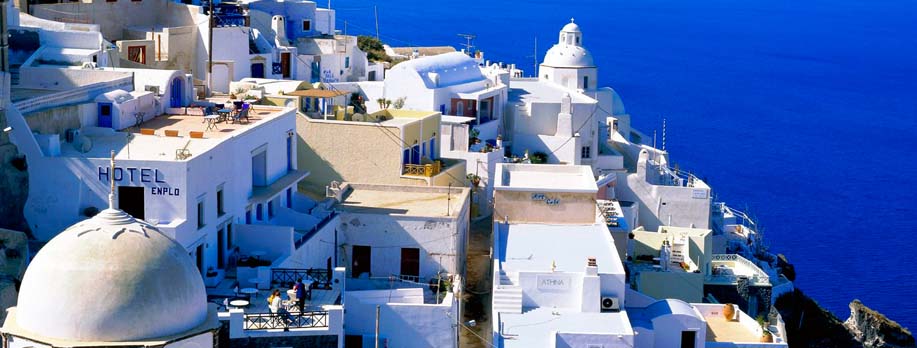|
Datia |
|
Situated some 74 km south-east of Gwalior, Datia is famous for its Bundela palaces and paintings. The fortress palace of Datia is considered as one of the finest of its type in India. Constructed by Raja Bir Singh Deo, a Bundela chieftain, the palace is influenced by the architectural styles of Rajputs as well as Mughals. |
|
Dhoomeshwar Mahadeo Temple |
|
Barely 3 km from Pawaya, the Dhoomeshwar Mahadeo Temple is dedicated to Lord Shiva and located on the banks of the Sindh River. The architectural style of this temple is very much similar to the Kandariya Mahadeo Temple of Khajuraho, though there is no evidence to prove that both temples belong to the same period. |
|
Pawaya |
|
Earlier known as Padmavati, the history of this small hamlet on Gwalior-Jhansi road, 68 km from Gwalior, dates back to 3rd century AD when it was the capital of Nag Dynasty. Archaeological excavations have revealed ruins that tell the story of its rich past. The main attractions of Pawaya are the life-size statue of King Chaksha Manibhadra and the ruined fort of the Parmar Dynasty. |
|
Sonagiri |
|
Situated around 61 km from Gwalior on Delhi-Mumbai main line, Sonagiri (literally, the Golden Peak) is a place sacred to Digambar Jains. This is the place where King Nanganang Kumar achieved liberation from the cycles of death and life along with 15 million of his followers. There are several white Jain temples scattered around Sonagiri. |
|
Tigra Dam |
|
Located 23 km away from Gwalior, the Tigra Dam constructed over the river Chambal is a famous picnic and recreation spot. |
Gwalior City Travel Guide |
Sight Seeing of Gwalior |
Excursion in Gwalior
Gwalior Hotels










